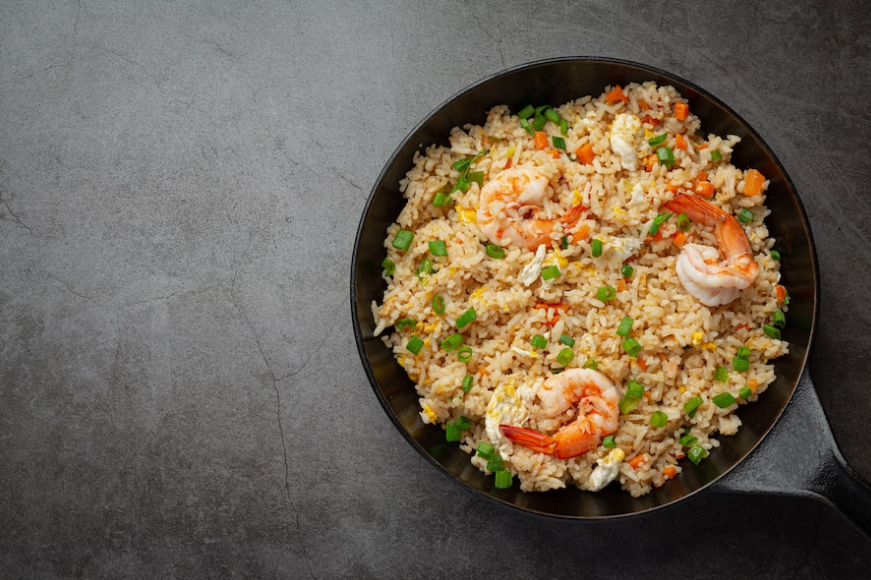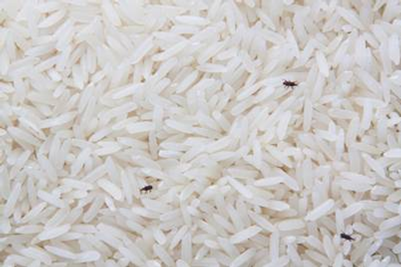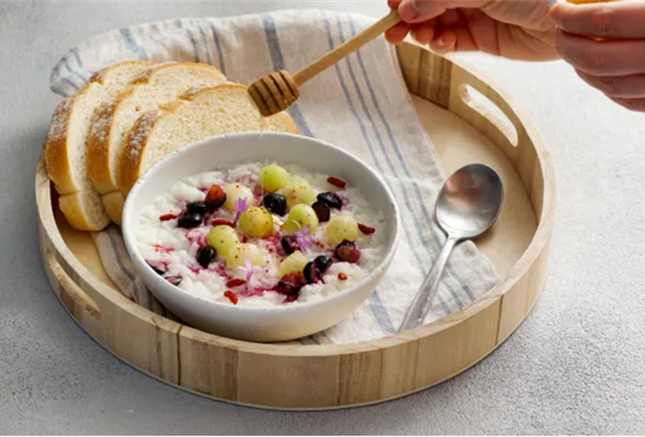What are the food safety risks associated with fried rice?
Rice is sometimes cooked ahead of time and then left to cool at room temperature for hours or even overnight. This long holding time at room temperature allows plenty of time for bacteria to contaminate the rice and grow to large numbers.
One of the most common bacteria found in fried rice is Bacillus cereus. It is a spore-forming bacterium also commonly found in soil and the environment. Upon contamination, these bacteria can grow in the food and produce toxins that can cause food poisoning – this is known as the “fried rice syndrome”. Furthermore, the toxin that B. cereus produces in starchy foods is resistant to heat and not easily destroyed by cooking. This means that even if fried rice is reheated; you could still get the “fried rice syndrome”!
If good food safety practices are not followed properly, e.g. inadequate cooking and cross-contamination between cooked and raw ingredients, other pathogens such as Salmonella can also be found in fried rice.
What can be done to reduce the risk of “fried rice syndrome”?
As food safety is a joint responsibility, we advise consumers and the food industry to follow these food safety tips.
Ensure good hygiene practices, such as hand washing and cleaning food contact surfaces, when preparing fried rice and any other food.
Do not keep rice at temperatures within the danger zone (5 to 60 °C) as bacteria can grow. Chill cooked rice promptly to refrigerated temperatures (below 4 °C) as soon as possible if not used immediately.
Cook fried rice thoroughly before consumption, ensuring a high enough temperature (at least 75° C) throughout the rice to kill bacteria.
To prevent cross-contamination, keep raw ingredients and cooked food separated. Make sure raw meat and its juices and egg and eggshells do not come into contact with cooked food.
Consume cooked food as soon as possible and avoid keeping it at room temperature. This reduces the time for bacteria to grow.
When ordering food from caterers, avoid overordering, as this often results in leftovers left at room temperature. Also, follow the recommended “consume by” time and our other safety tips.
Purchase food from SFA-licensed food businesses.
About the Author
Herman Teo is a Senior Scientist from the Risk Assessment and Communications Department of the National Centre for Food Science. With a Masters in Food Science and Human Nutrition from the National University of Singapore, his recent work includes the regulatory framework for insects for food and feed, and examining emerging food processing risks.




